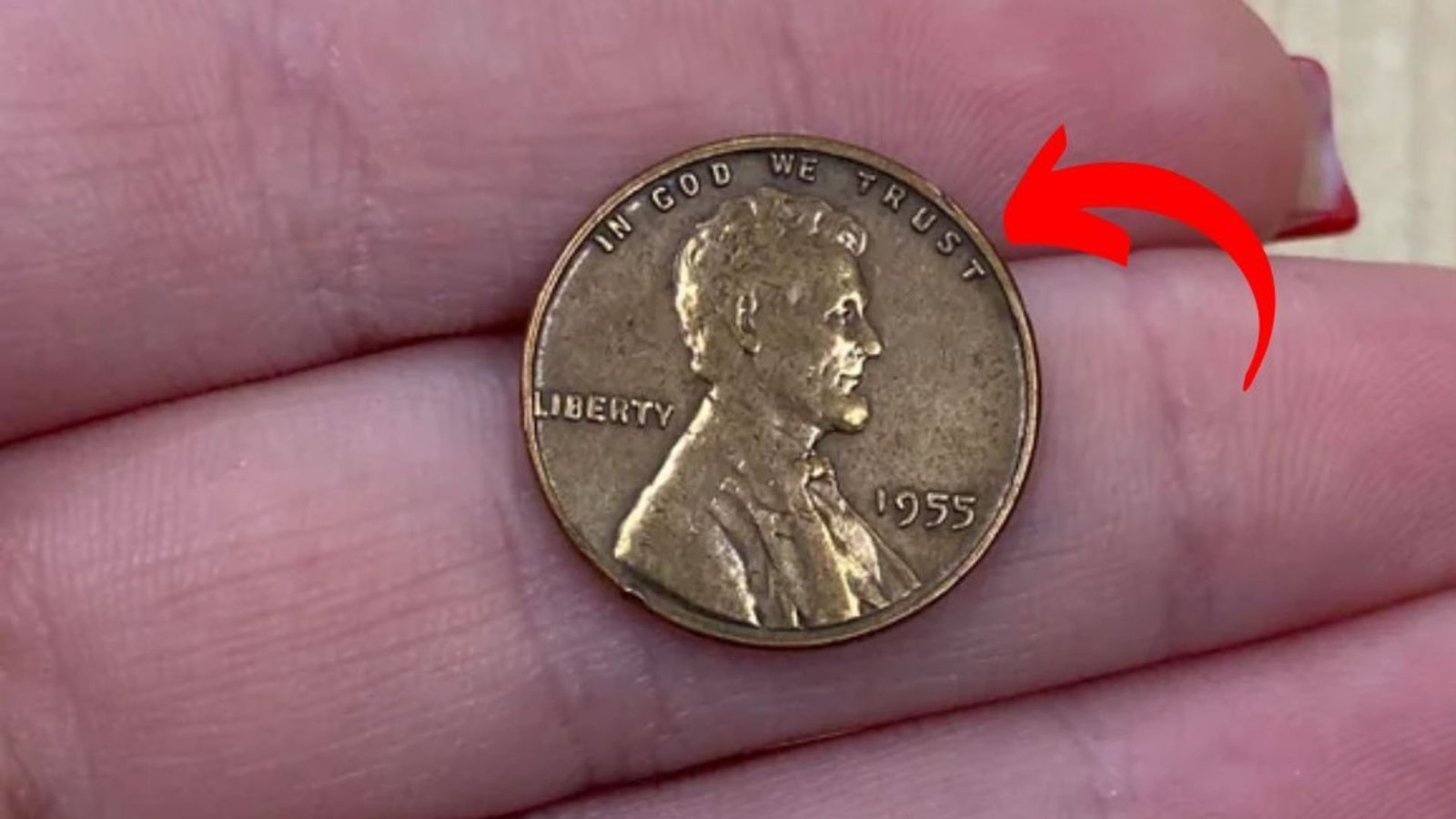Imagine rifling through your pocket change and stumbling across a penny worth $94 million. Sounds like a fairy tale, right? But the Lincoln Wheat Penny, a humble coin minted between 1909 and 1958, has sparked wild rumors of astronomical values. Some claim a rare version could be hiding in your coin jar, waiting to change your life. But is there any truth to this $94 million tale, or is it just numismatic folklore? Let’s dive into the fascinating world of the Lincoln Wheat Penny, uncover its history, explore what makes certain versions so valuable, and see if that dream find is still out there.
The Lincoln Wheat Penny: A Slice of American History
A Coin Born from Patriotism
In 1909, the United States Mint released the Lincoln Wheat Penny to celebrate Abraham Lincoln’s 100th birthday. Designed by Victor David Brenner, it was groundbreaking as the first U.S. coin to feature a real person instead of symbolic figures like Lady Liberty. The obverse showcased Lincoln’s stoic profile, while the reverse displayed two wheat stalks framing “One Cent” and “United States of America.” This design, symbolizing agricultural prosperity, earned it the nickname “Wheat Penny.”
A Coin That Weathered Wars and Depressions
For nearly 50 years, billions of these pennies jingled in American pockets, enduring the Great Depression and two World Wars. Most are worth just a few cents today, but certain rare editions have skyrocketed in value due to minting errors, limited production, or historical quirks. The idea that one could be worth $94 million? That’s where skepticism meets excitement.
Why Are Some Lincoln Wheat Pennies So Valuable?
Rarity: The Holy Grail of Coin Collecting
The value of any coin hinges on rarity, condition, and collector demand. For Lincoln Wheat Pennies, specific years and mint marks stand out. For instance, the 1909-S VDB penny, minted in San Francisco with Brenner’s initials, had a low mintage of just 484,000. In pristine condition, it can fetch over $100,000 at auction.
Minting Errors: Happy Accidents
Minting errors are the golden tickets of numismatics. Take the 1943 Copper Penny, often called the “Holy Grail” of pennies. During World War II, the U.S. Mint switched to steel pennies to save copper for the war effort. But a few copper blanks slipped through, creating an ultra-rare error coin. Only about 20 are known to exist, with one selling for $1.7 million in 2010.
Condition: The Mint State Magic
Condition is king in coin collecting. A penny in Mint State (MS-67 or higher), with no wear or scratches, can command jaw-dropping prices. Even a single grade difference can mean thousands of dollars. For example, a 1955 Doubled Die Penny, with its distinct doubled text, can sell for $1,000 to $125,000 depending on its condition.
The $94 Million Lincoln Wheat Penny: Myth or Reality?
The Rumor Mill
Recent headlines have buzzed with claims of a Lincoln Wheat Penny valued at $94 million, potentially still in circulation. But here’s the catch: no verified record supports this figure. The most expensive Lincoln Wheat Penny ever sold was a 1943 Bronze Penny for $1.7 million. Even the priciest coin ever, a 1933 Double Eagle, fetched “only” $18.9 million. A $94 million penny? That’s likely hype or misinformation.
Where Did the $94 Million Claim Come From?
The $94 million rumor may stem from exaggerated online articles or viral social media posts. Some sources, like RPSD College, have floated massive valuations without concrete evidence. These claims often aggregate the total value of all rare Wheat Pennies or inflate auction prices for clicks. While a single penny worth $94 million is improbable, the collective value of rare Wheat Pennies could reach into the billions.
Real-Life Finds Fuel the Dream
Despite the skepticism, real stories keep the dream alive. In 1947, teenager Don Lutes found a 1943 Copper Penny in his lunch change, later valued at over $1 million. More recently, collectors have unearthed valuable pennies in bank rolls, estate sales, or even pocket change. These tales prove that while a $94 million penny may be a stretch, life-changing finds are possible.
How to Spot a Valuable Lincoln Wheat Penny
Check the Date and Mint Mark
Start with the basics. Look for key dates like 1909-S VDB, 1914-D, 1922 No D, 1943 Copper, or 1955 Doubled Die. Mint marks—tiny letters like “S” (San Francisco) or “D” (Denver) under the date—can also boost value. Philadelphia coins have no mint mark.
Pro Tip: The Magnet Test
For 1943 pennies, grab a magnet. Steel pennies stick; copper ones don’t. If your 1943 penny is non-magnetic, you might have a rare gem. But beware—fakes abound, so professional authentication is crucial.
Inspect for Errors
Use a magnifying glass to spot minting errors like doubled text, off-center strikes, or missing mint marks. The 1955 Doubled Die, with its blurry date and inscriptions, is a collector’s favorite. Errors like these can turn a penny into a treasure.
Assess Condition
Handle coins by the edges to avoid oils or scratches. Look for sharp details and original luster. Never clean a coin—it can slash its value by removing the natural patina. Store pennies in airtight holders to protect them.
Could a Valuable Penny Still Be in Circulation?
The Odds Are Slim but Not Zero
With over 1 billion Wheat Pennies minted, some rare ones likely remain in circulation. People often spend old coins without checking, and valuable pennies have turned up in piggy banks, flea markets, or bank rolls. The U.S. Mint estimates coins stay in circulation for about 30 years, but pennies often linger longer in jars or collections.
Where to Look
Start with your own change or family coin collections. Check bank rolls, estate sales, or “junk boxes” at coin shops. Older relatives might have stashed away pennies from decades past. The key is patience and a keen eye.
What to Do If You Find a Rare Penny
Step 1: Don’t Touch It (Much)
Handle the coin minimally, holding it by the edges. Avoid cleaning or polishing, as this can ruin its value. Store it in a protective holder or album.
Step 2: Get It Authenticated
Take your penny to a professional grading service like PCGS or NGC. They’ll verify authenticity, assess condition, and assign a grade, boosting its market value. Authentication is critical, as counterfeits are common.
Step 3: Sell Smart
If your penny is valuable, consider selling through reputable platforms like Heritage Auctions, GreatCollections, or eBay. Alternatively, consult a trusted coin dealer or attend collector events. A certified grade can attract serious buyers and maximize your payout.
The Future of the Lincoln Wheat Penny
A Coin Under Threat
In 2025, President Trump ordered the Treasury to halt penny production, citing high costs (3.69 cents per penny). If pennies are phased out, the allure of Wheat Pennies could grow, driving up collector demand. Their historical significance and rarity make them a tangible link to America’s past.
A Hobby Worth Pursuing
Coin collecting isn’t just about money—it’s about history, discovery, and the thrill of the hunt. Whether you’re a seasoned numismatist or a curious beginner, the Lincoln Wheat Penny offers a gateway into a fascinating world. Even if you don’t find a $94 million penny, a modestly rare one could still fund a vacation or a car.
FAQs About the Lincoln Wheat Penny
What makes a Lincoln Wheat Penny valuable?
Rarity, minting errors, condition, and historical significance drive value. Key dates like 1909-S VDB or 1943 Copper, along with errors like doubled dies, are highly sought after.
Is a $94 million Lincoln Wheat Penny real?
No verified penny has sold for $94 million. The claim is likely exaggerated, but rare pennies like the 1943 Bronze can fetch over $1 million.
Can I still find a valuable penny in circulation?
Yes, though it’s rare. Valuable pennies have been found in pocket change, bank rolls, or old collections. Check dates, mint marks, and errors.
How do I know if my 1943 penny is copper?
Use a magnet. Steel pennies stick; copper ones don’t. If non-magnetic, have it authenticated by PCGS or NGC to confirm it’s not a fake.
Should I clean my old pennies?
Never clean coins. Cleaning removes the natural patina, drastically reducing value. Handle by the edges and store in protective holders.
Conclusion: Keep Your Eyes Peeled
The Lincoln Wheat Penny valued at $94 million may be more myth than reality, but its story captures the magic of coin collecting. With rare versions like the 1943 Copper Penny still out there, every handful of change holds potential. So, next time you get a penny, take a closer look—you might just uncover a piece of history worth more than you ever imagined. Got a coin collection? Share your finds in the comments or spread the word to fellow enthusiasts!




